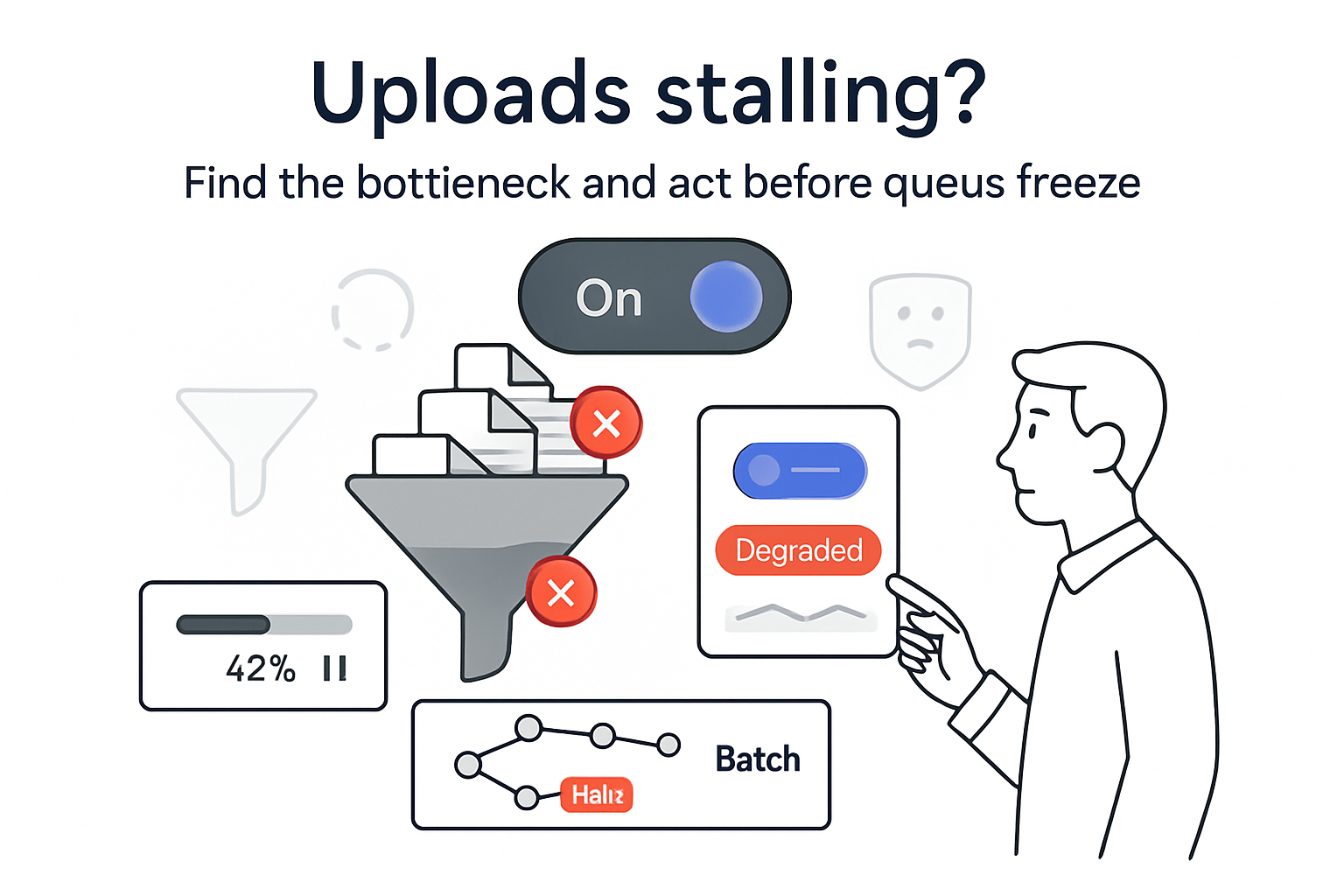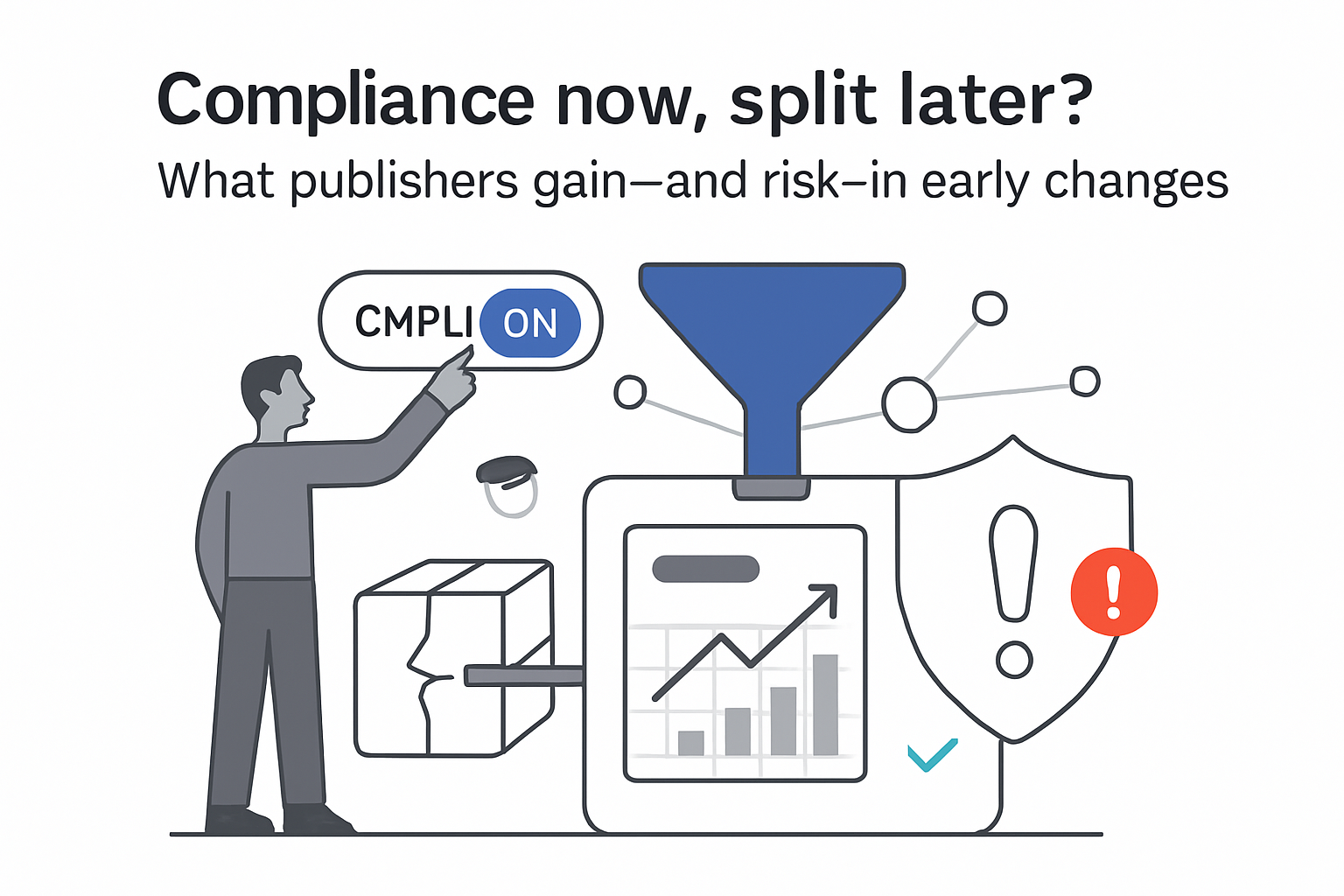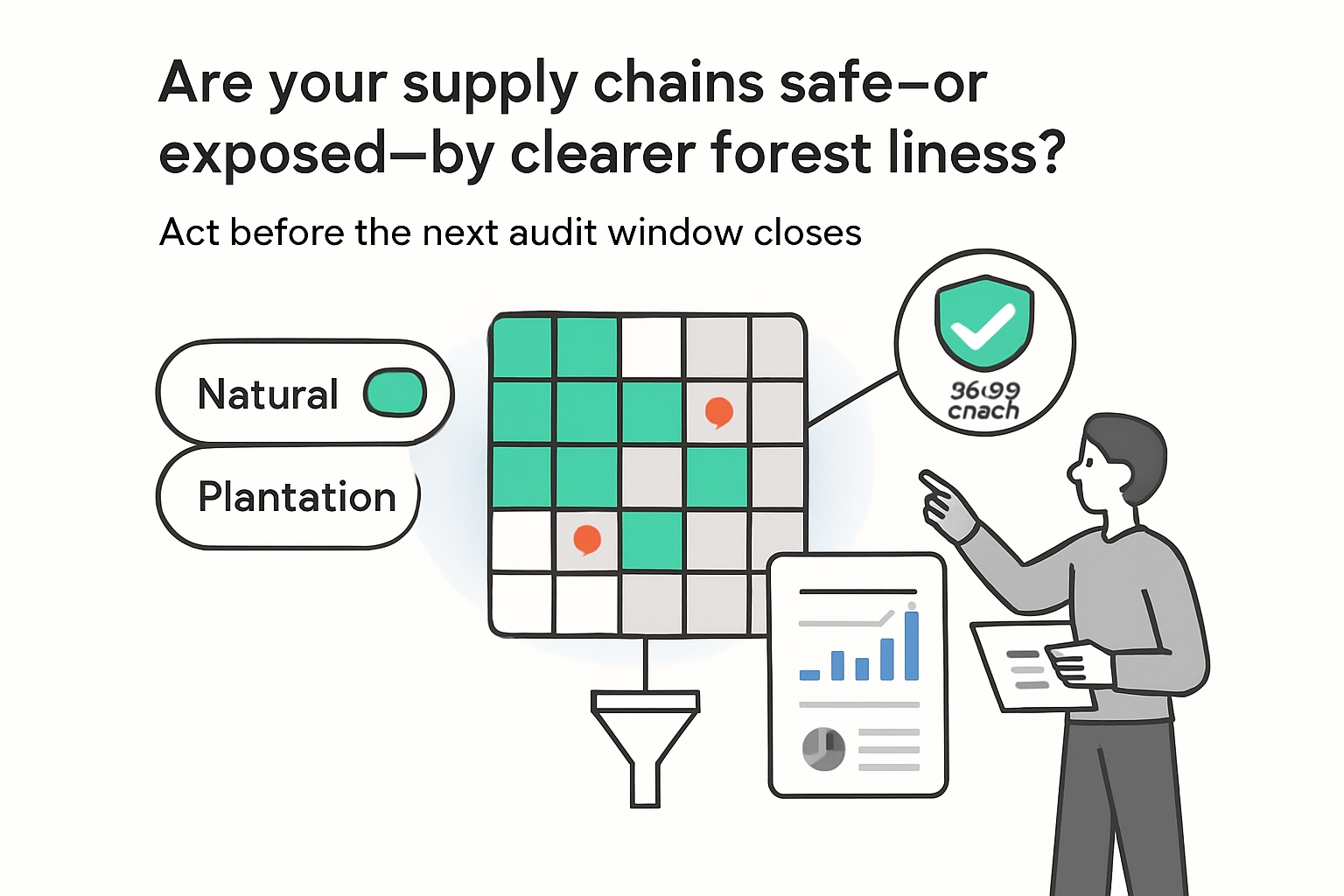OpenAI has released two open-weight language models - gpt-oss-20b and gpt-oss-120b - under the permissive Apache 2.0 licence. Comparable to GPT-4-lite on most reasoning benchmarks, the models can run on a single consumer-grade GPU, slashing inference costs for marketers who previously relied on cloud APIs. The move reshapes budgets across paid media, SEO, and marketing operations while shifting responsibility for safety and hallucination control to the edge.
How consumer GPUs reshape adtech cost curves
The new models rival o3-mini and o4-mini reasoning scores yet fit into 16 GB or 80 GB of VRAM. As a result, teams can deploy high-quality reasoning locally rather than renting clusters of A100s or using expensive proprietary endpoints. Early pilots suggest a 40-70 percent reduction in cloud spend when workloads migrate to on-prem GPUs.
OpenAI details the architecture - mixture-of-experts routing and grouped multi-query attention - in its blog post where OpenAI explains the release. Practical integration steps are covered in the company’s developer guides.
Key takeaways for marketers
- Hardware wall falls: GPT-4-class quality is now possible on a gaming laptop or a single H100, cutting token costs by up to 70 percent.
- Apache 2.0 flexibility: Vendors can ship weights inside closed-source SaaS, accelerating white-label AI features.
- Hallucination risk moves client-side: Full chain-of-thought is exposed, so retrieval augmentation or post-filters are mandatory.
- Paid channels gain margin: Cheaper copy generation keeps CAC flat despite rising media prices.
- Speed matters: Meta’s next Llama and Google’s Jamba 2.0 will narrow the gap; early adopters enjoy only a short-lived edge.
Situation snapshot
- Event: OpenAI published gpt-oss-20b and gpt-oss-120b under Apache 2.0 on 11 Apr 2025.
- Hardware claims: 20 b runs on 16 GB VRAM; 120 b on one 80 GB card.
- Evaluation: Matches peer open models on reasoning; trails o4-mini on hallucination by 8-12 points.
- Safety: No bio-chem-cyber “breakout” abilities found in red-team tests.
- Integrations: Hugging Face, vLLM, Ollama, and llama.cpp support at launch.
- Media spark: Search Engine Journal article by R. Montti (13 Apr 2025) drove marketer interest.
Breakdown & mechanics
Hardware economics
- Mixture-of-experts activates roughly 25 percent of parameters per token.
- Grouped multi-query attention halves memory footprint.
- Single-GPU inference enables on-prem and even laptop prototyping.
Cost model
Running the 120 b model on an H100 costs roughly $0.15–$0.25 per million tokens in electricity, versus $1.50–$2.00 via the GPT-4o API.
Instruction quality
Training data combines filtered public chat logs with synthetic tool-use traces. OpenAI retained the full chain-of-thought, enabling better audit trails but increasing raw hallucinations.
Licence leverage
Apache 2.0 grants patent protection and allows closed-source derivatives, so marketers can embed gpt-oss in mobile or desktop apps without revealing proprietary business logic.
Security posture
The model card requires red-team checks before public launch. Recommended mitigations include output filtering, retrieval augmentation, and policy wrappers.
Impact assessment
Paid search & display
Lower inference costs let agencies generate ad copy for $0.001–$0.003 per variant, protecting margins as media prices climb. In-house GPU queues eliminate API rate limits during peak campaigns.
Organic content & SEO
Faster refresh cycles benefit newsrooms that can index local archives, but sites publishing unedited AI text risk “originality” penalties. Pair gpt-oss with a knowledge base and surface citations.
Data privacy & ops
On-prem inference simplifies EU and HIPAA compliance. Finance, health, and telco marketers should evaluate encrypted weight loading and segregated CoT logs.
Creative automation
Function-calling lets production teams auto-generate design variants in After Effects or Figma. Map repetitive steps to tool calls and monitor GPU duty cycles for a new cost baseline.
Scenarios & probabilities
- Base (≈55 %): gpt-oss becomes the default mid-tier private model; cloud cost drops 50 %; RAG mitigates hallucinations.
- Upside (≈30 %): Community fine-tunes push accuracy near GPT-4-Turbo; on-device assistants cut ad-personalisation latency below 100 ms.
- Downside (≈15 %): A high-profile misinformation event tied to unfiltered CoT triggers new regulation, slowing enterprise uptake.
Risks, unknowns, limitations
- Benchmarks are OpenAI-run; third-party tests may expose edge-case failures.
- Hallucinations could spike in multilingual or niche domains.
- Underlying data sources may face copyright or patent challenges despite Apache 2.0 protections.
- H100 and forthcoming B200 cards remain supply-constrained; consumer-GPU promise depends on availability.
- Meta, Google, and others may quickly regain parity, compressing differentiation.
Where to get the models
Developers can pull weights from Hugging Face or clone the GitHub repository for local deployment. The official PDF version of the model card contains safety analyses and benchmark details.
Sources
- Montti, R. (2025). “Why OpenAI’s Open Source Models Are a Big Deal,” Search Engine Journal.
- OpenAI (2025). Blog post “Introducing GPT-OSS.”
- OpenAI (2025). GPT-OSS model card PDF.







.svg)